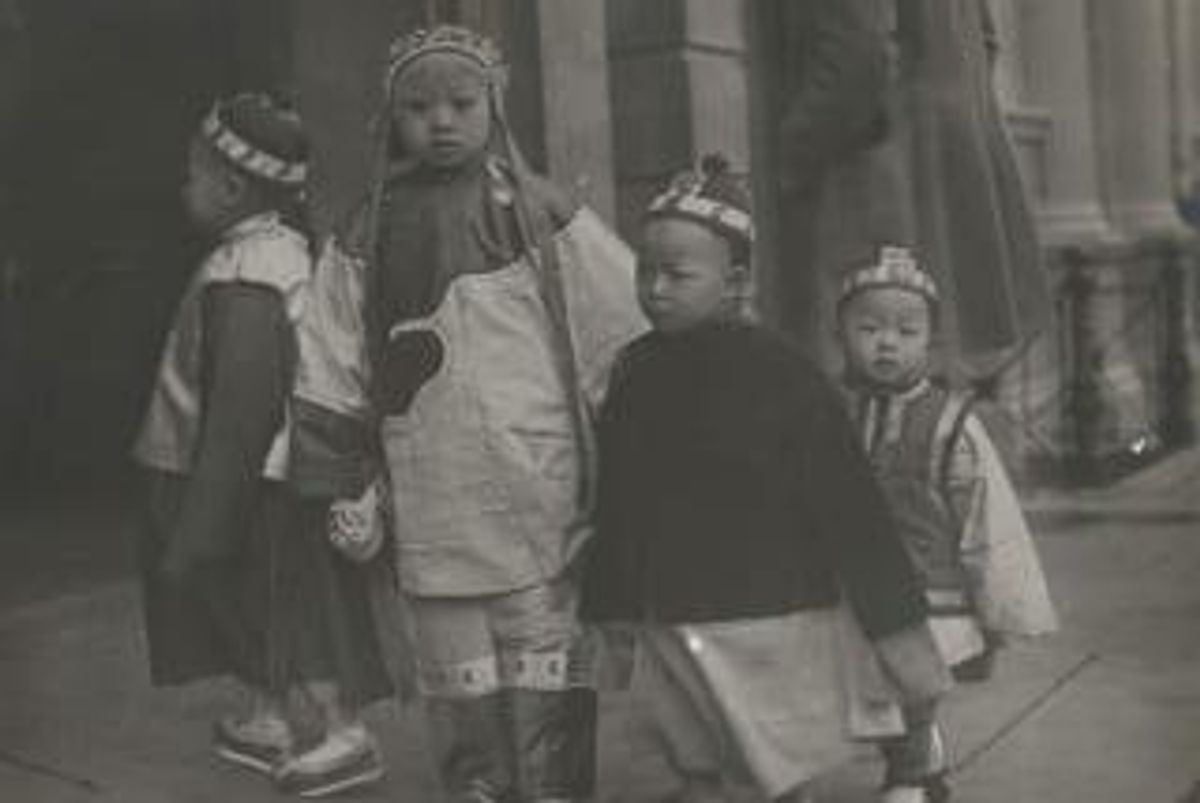Will the End of China's One-child Policy Affect Copper?

China’s move to end its decades-long one-child policy won’t have much of an effect on copper demand in the short term, but the long term could be a different story.
After decades of allowing only one child for many families in China, the country is moving to drop the policy.
According to the BBC, the announcement was made by China’s state-run Xinhua news agency, which said that couples will now be allowed to have two children. The change is reportedly being driven by concerns over China’s aging population.
China’s one-child policy was introduced in 1979 to curb population growth, and has prevented an estimated 400 million births. The policy has been watered down several times since it was first implemented, but couples faced stiff punishments for violating the rules.
The news is potentially important for the long-term future of metals demand. China is a significant consumer of a number of the world’s metals, and is the top consumer of copper, making up roughly 40 percent of global demand for the red metal.
According to the latest “Minerals Baby” graphic from the US Minerals Education Coalition, each US baby will need an estimated 3.11 million pounds of minerals, metals and fuels over his or her lifetime, including 985 pounds of copper, 539 pounds of zinc and 26,010 pounds of iron ore. The numbers will no doubt differ for babies born in China, but the graphic effectively puts mineral demand into perspective.
So is China ending its one-child policy likely to cause a spike in the copper price anytime soon? The answer is, in short, “no.”
Chris Berry of the Disruptive Discoveries Journal suggested that the policy wouldn’t have any material affect for 15 to 20 years. Similarly, Gianni Kovacevic, author of My Electrician Drives a Porsche? and CEO of Copperbank Resources (CSE:CBK), stated, “obviously the impact from the ending of the one-child policy occurs in the long term.”
Furthermore, as mentioned above, the policy has already been relaxed several times over the years. Families in rural areas are allowed more than one child if the first is a girl, and beginning in 2013, couples where one partner was a single child were allowed to have two children.
Still, Kovacevic also had a few other points to consider in terms of why the policy change came about and what that implies for China’s future.
“[W]hy was it made? Firstly, the collapsing demographics from that decades long [one-child] policy. Second, the increasing expectations from China’s future generations,” he said. “There are 415 million millennials in China, those that are 15 to 35 years old, and over 100 million of them have college degrees. For comparison, only 1 million of the Cultural Revolution generation, approximately 160 million people, graduated from college. Most of these 415 million millennials were born rural and now the majority live urban. Too, they have internet-connected smartphones meaning they have the collected knowledge of mankind at their fingertips.”
“The entire Chinese society is changing and it would seem these ‘younger’ generations don’t want that kind of restriction, and the government is relaxing that and other rules,” he added.
Certainly, it will be interesting for long-term metals investors to keep a lookout for any effects from the policy change. The copper price was down 1.83 percent on Thursday, at $2.32 per pound, and has lost 24 percent so far in 2015.
Securities Disclosure: I, Teresa Matich, hold no direct investment interest in any company mentioned in this article.




